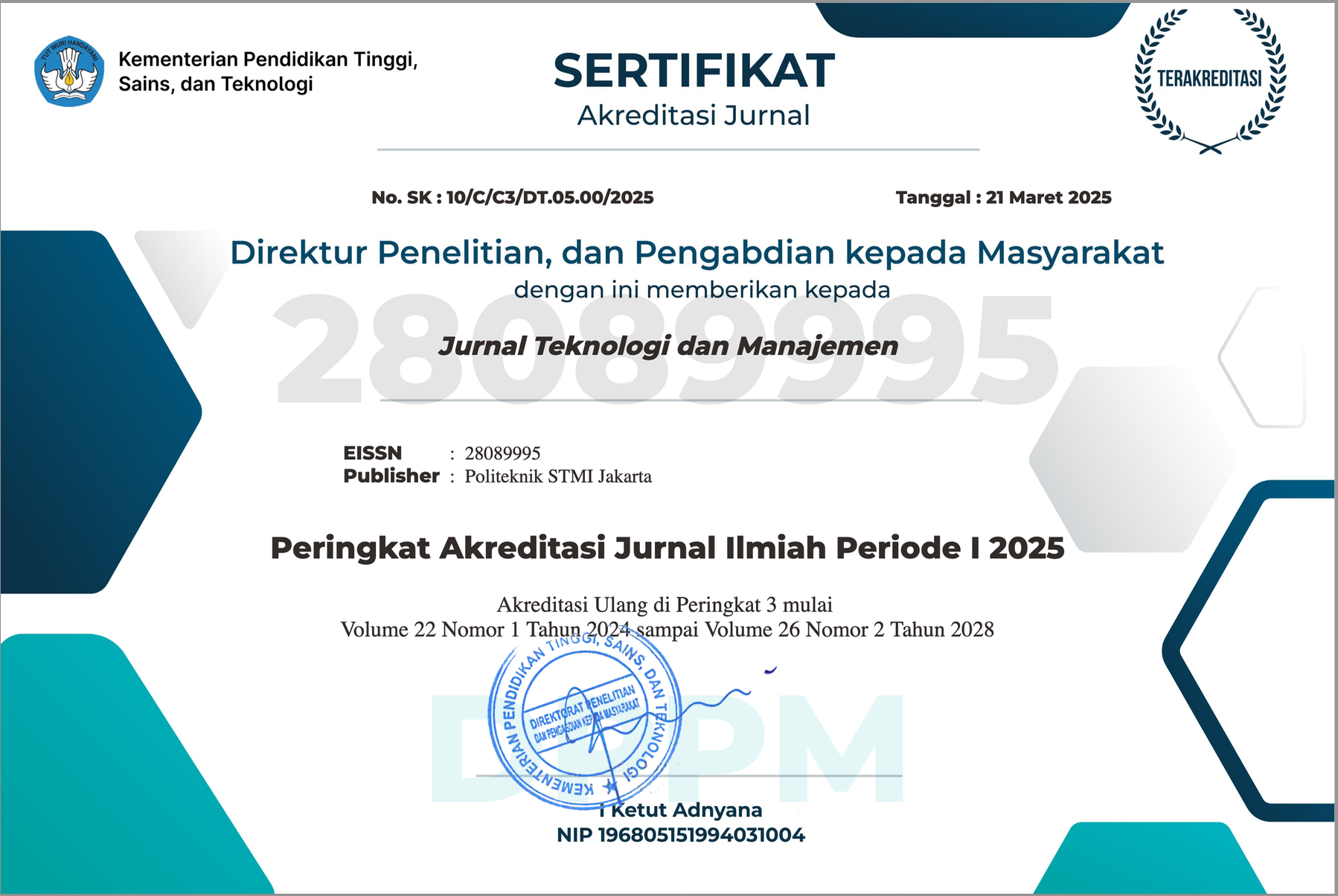Tensile Strength and Thermal Properties of Polypropylene/Nano-Bentonite Composites with Maleic Anhydride Coupling Agent
DOI:
https://doi.org/10.52330/jtm.v22i1.120Keywords:
Betonite, Polipopilena, Filler, Maleic Anhydride, NanocompisiteAbstract
Polypropylene is the most widely used polymer material in the automotive industry due to its properties such as good rigidity, high melting point, chemical resistance, and easy processability. Polypropylene is usually added with a filler, namely bentonite, to make polypropylene which has better mechanical and thermal properties. The coupling agent is added to improve the adhesion of the matrix with the surface so that the composite component has better durability. To improve the ability of the filler material, bentonite is converted into nanoparticles. Bentonite nanoparticles are expected to have better mechanical, thermal, electrical, and optical properties than particles with micro or macro sizes due to their large surface area. Based on the description above, it is necessary to study the effect of using bentonite nanoparticles with a coupling agent in the form of Maleic Anhydride-g-PP (MAPP) on the tensile strength and thermal properties of polypropylene composites. The variables of this study are the composition variation (weight %) of polypropylene, coupling agent (MAPP), and bentonite nanoparticles of 100:0:0, 95:0:5, 90:5:5, 85:5:10, 92:3:5, and 87:3:10. The method used in this study uses a twin-screw extruder tool with a temperature of 190°C and then tested regarding its tensile strength and thermal properties. The results showed that the addition of nano-bentonite tends to cause an increase in the decomposition temperature of the sample but does not increase the tensile strength of the composite, so it only functions as a polymer composite filler. While based on Differential Scanning Calorimetry (DSC) testing, the enthalpy value decreases with increasing concentration of coupling agent.
References
Ao, Y., Tang, K., Xu, N., Yang, H., & Zhang, H. (2007). Compatibilization of PP/SEBS-MAH blends by grafting glycidyl methacrylate onto polypropylene. Polymer Bulletin, 59, 279–288.
Arunachalam, S., Battisti, M. G., Vijayakumar, C. T., & Friesenbichler, W. (2015). An investigation of mechanical and thermal properties of polypropylene clay nanocomposites containing different nanoclays. Macromolecular Materials and Engineering, 300(10), 966–976.
Aryanti, F. I., & Pasya, E. C. (2021). Purge material berbasis campuran recycled HDPE dan lempung kaolin untuk ekstrusi polipropilena dan masterbatch. Majalah Kulit, Karet, Dan Plastik, 37(1), 17. https://doi.org/10.20543/mkkp.v37i1.6657
Astutiningsih, S., Lanang Kinasih, P., & Arief Cahyo Wibowo, dan. (2009). Stabilitas Termal Galeri Clay Pada Komposit Nano Polipropilena-clay Montmorillonit Dengan Pengkompatibel Polipropilena-g-maleik Anhidirida. 13(1), 19–24. https://dspace.adu.ac.ae/handle/1/2198
JULINAWATI, J., WIRJOSENTONO, B., EDDIYANTO, E., GEA, S., & RAMLI, I. (2020). Morphology and thermal properties of polypropylene-montmorillonite nanocomposite using modified bentonite of Bener Meriah Aceh. Jurnal Natural, 20(3), 56–60. https://doi.org/10.24815/JN.V20I3.15073
Karian, H. G. (2003). Handbook of polypropylene and polypropylene composites. Marcel Dekker.
Ma, J., Qi, Z., & Hu, Y. (2001). Synthesis and characterization of polypropylene/clay nanocomposites. Journal of Applied Ao, Y., Tang, K., Xu, N., Yang, H., & Zhang, H. (2007). Compatibilization of PP/SEBS-MAH blends by grafting glycidyl methacrylate onto polypropylene. Polymer Bulletin, 59, 279–288.
Arunachalam, S., Battisti, M. G., Vijayakumar, C. T., & Friesenbichler, W. (2015). An investigation of mechanical and thermal properties of polypropylene clay nanocomposites containing different nanoclays. Macromolecular Materials and Engineering, 300(10), 966–976.
Aryanti, F. I., & Pasya, E. C. (2021). Purge material berbasis campuran recycled HDPE dan lempung kaolin untuk ekstrusi polipropilena dan masterbatch. Majalah Kulit, Karet, Dan Plastik, 37(1), 17. https://doi.org/10.20543/mkkp.v37i1.6657
Astutiningsih, S., Lanang Kinasih, P., & Arief Cahyo Wibowo, dan. (2009). Stabilitas Termal Galeri Clay Pada Komposit Nano Polipropilena-clay Montmorillonit Dengan Pengkompatibel Polipropilena-g-maleik Anhidirida. 13(1), 19–24. https://dspace.adu.ac.ae/handle/1/2198
JULINAWATI, J., WIRJOSENTONO, B., EDDIYANTO, E., GEA, S., & RAMLI, I. (2020). Morphology and thermal properties of polypropylene-montmorillonite nanocomposite using modified bentonite of Bener Meriah Aceh. Jurnal Natural, 20(3), 56–60. https://doi.org/10.24815/JN.V20I3.15073
Karian, H. G. (2003). Handbook of polypropylene and polypropylene composites. Marcel Dekker.
Ma, J., Qi, Z., & Hu, Y. (2001). Synthesis and characterization of polypropylene/clay nanocomposites. Journal of Applied Polymer Science, 82(14), 3611–3617. https://doi.org/10.1002/app.2223
Ria Barleany, D., Hartono, R., & Santoso, S. (2011). Pengaruh Komposisi Montmorillonite pada Pembuatan Polipropilen- Nanokomposit terhadap Kekuatan Tarik dan Kekerasannya.
Wang, Z. M., Nakajima, H., Manias, E., & Chung, T. C. (2003). Exfoliated PP/clay nanocomposites using ammonium-terminated PP as the organic modification for montmorillonite. Macromolecules, 36(24), 8919–8922.
Downloads
Published
How to Cite
Issue
Section
License
Copyright (c) 2024 Jurnal Teknologi dan Manajemen

This work is licensed under a Creative Commons Attribution-NonCommercial 4.0 International License.



















